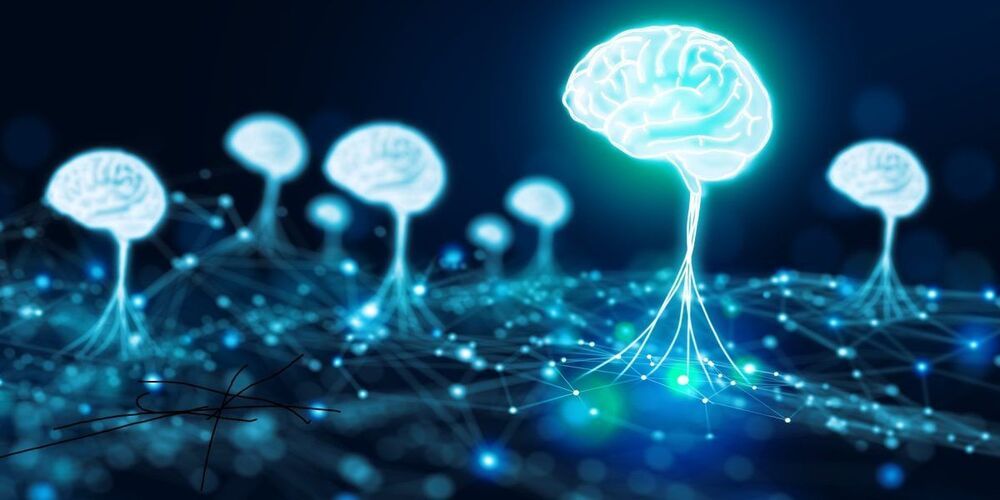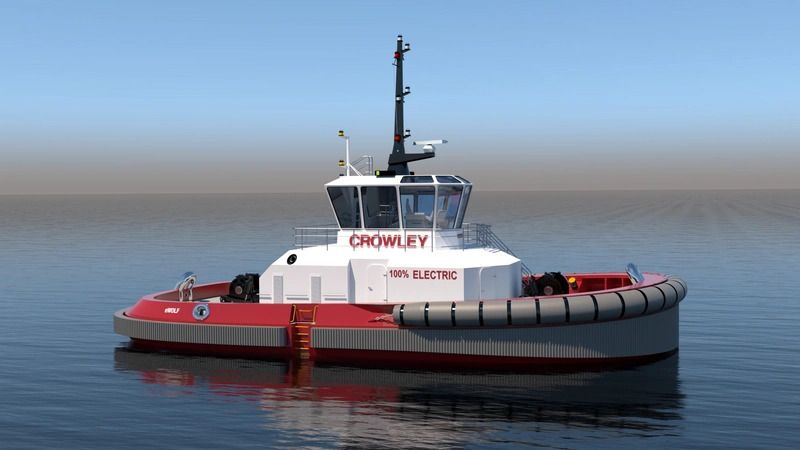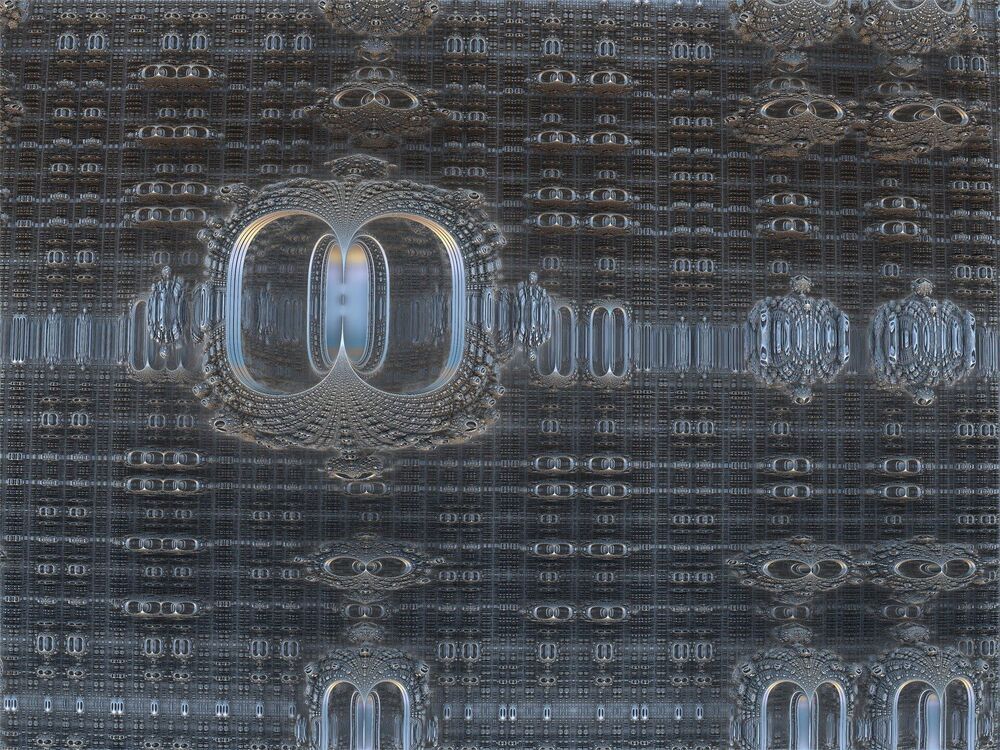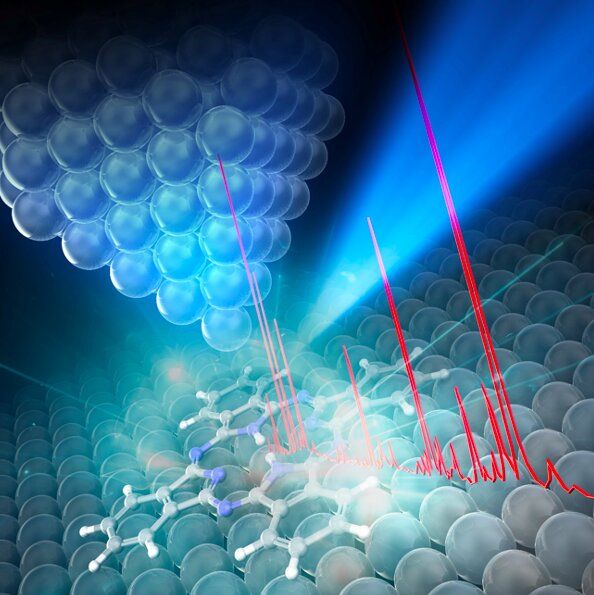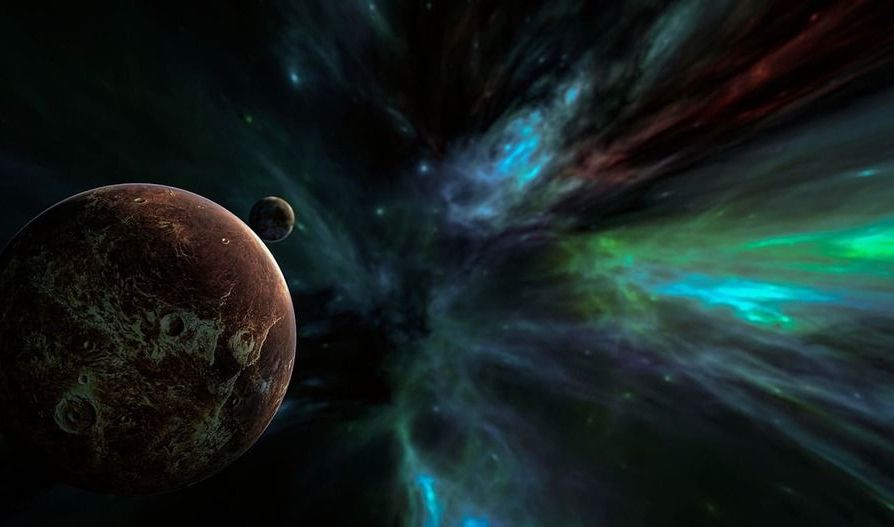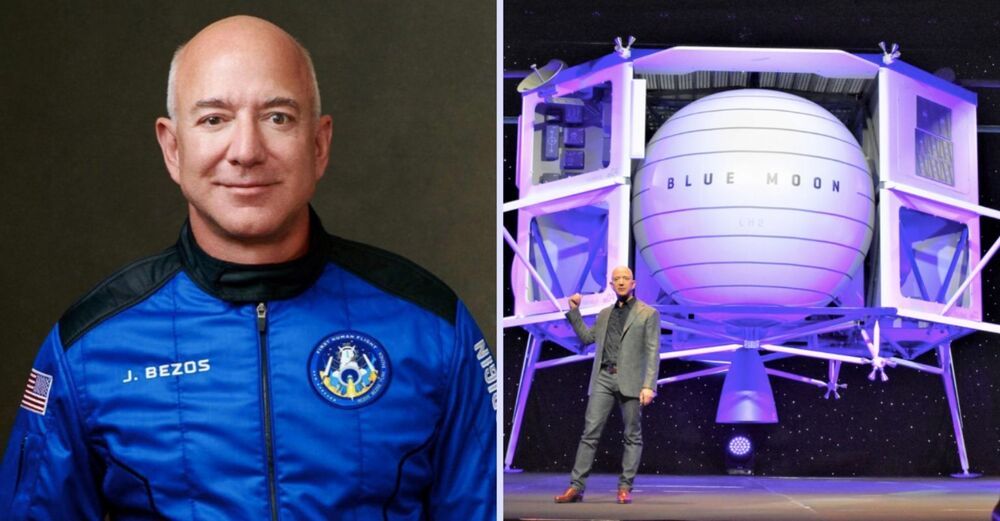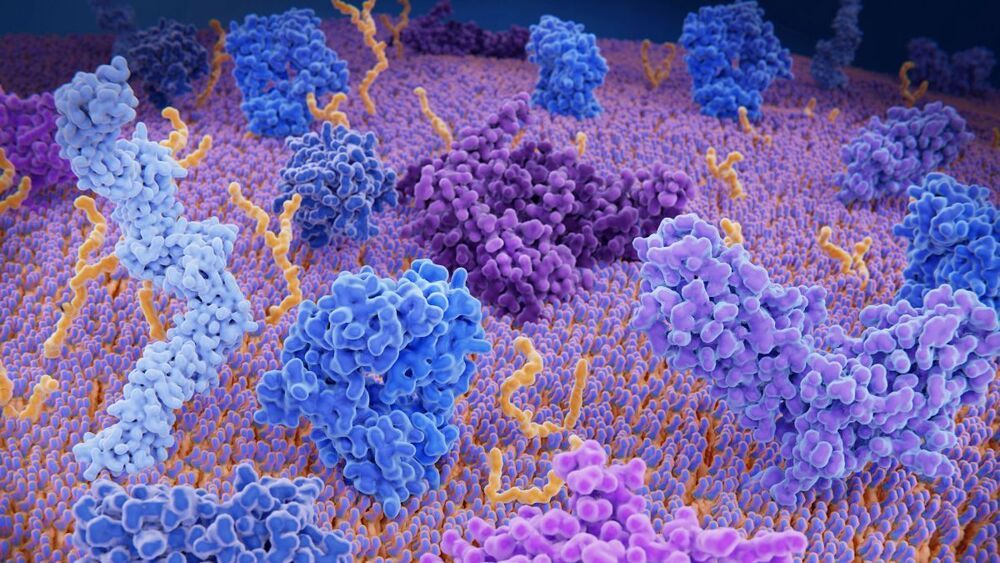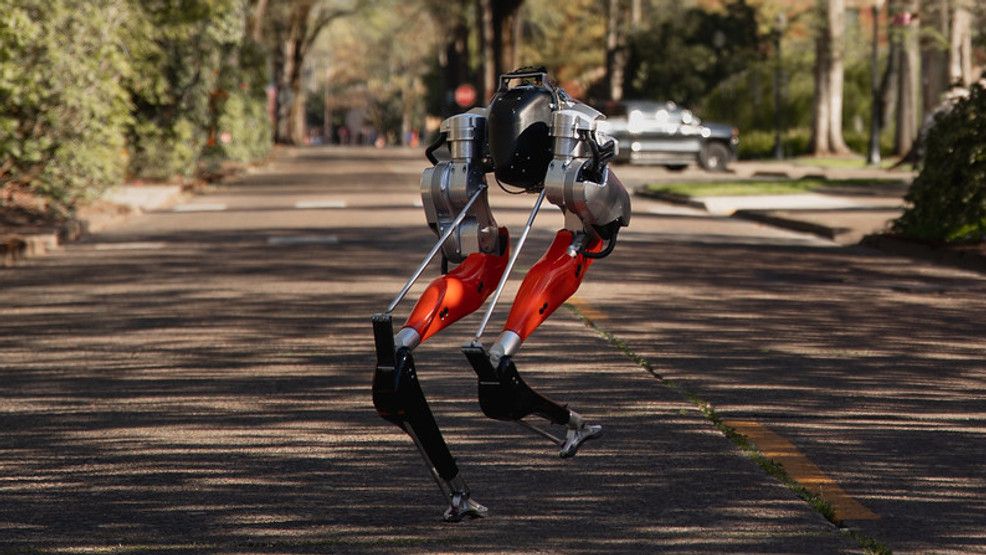While advanced artificial intelligence learning models can do complicated functions, we have yet to teach AI common sense.
Page 6381
Jul 30, 2021
A new taxonomy to characterize human grasp types in videos
Posted by Dan Kummer in categories: government, robotics/AI
At this point i think the US government is going to get stuck paying to develop human level robotic hands.
Over the past few decades, roboticists and computer scientists have developed a variety of data-based techniques for teaching robots how to complete different tasks. To achieve satisfactory results, however, these techniques should be trained on reliable and large datasets, preferably labeled with information related to the task they are learning to complete.
For instance, when trying to teach robots to complete tasks that involve the manipulation of objects, these techniques could be trained on videos of humans manipulating objects, which should ideally include information about the types of grasps they are using. This allows the robots to easily identify the strategies they should employ to grasp or manipulate specific objects.
Continue reading “A new taxonomy to characterize human grasp types in videos” »
Jul 30, 2021
ABB Propulsion for U.S. First Fully Electric Tug
Posted by Jason Blain in category: sustainability
ABB said Thursday it would deliver an integrated electric propulsion system and vessel control technology for Crowley’s pioneering eWolf tug, built for sustainable and safe operations at the Port of San Diego.
Upon delivery by Alabama-based shipbuilder Master Boat Builders, Inc. (MBB) in mid-2023, Crowley Maritime Corporation’s new 82-foot (25-meter) vessel will support ship arrivals and departures at the Port of San Diego in California.
It will be the first all-electric, battery-powered harbor tug ever built and operated in the United States and only the third of its kind to enter operations worldwide, ABB said.
Jul 29, 2021
Scientists find two huge red rocks in the asteroid belt that shouldn’t be there
Posted by Quinn Sena in categories: materials, space
Scientists have found two huge, red objects in the asteroid belt that they believe are not supposed to be there – both of which have “complex organic matter” on their surfaces.
These two asteroids, called 203 Pompeja and 269 Justitia, were discovered by Jaxa, the Japan Aerospace Exploration Agency. Pompeja is approximately 110 kilometres wide, while the smaller Justitia has a diameter of only 55 kilometres.
Found in the cluster of rocks between Mars and Jupiter, these two objects are distinctly different from their neighbours. Both Pompeja and Justitia reflect more red light than other surrounding asteroids due to the increased presence of complex organic material on their surface – such as carbon or methane.
Jul 29, 2021
Machine-learning technique used to pinpoint quantum errors
Posted by Dan Kummer in categories: information science, quantum physics, robotics/AI
Researchers at the University of Sydney and quantum control startup Q-CTRL today announced a way to identify sources of error in quantum computers through machine learning, providing hardware developers the ability to pinpoint performance degradation with unprecedented accuracy and accelerate paths to useful quantum computers.
A joint scientific paper detailing the research, titled “Quantum Oscillator Noise Spectroscopy via Displaced Cat States,” has been published in the Physical Review Letters, the world’s premier physical science research journal and flagship publication of the American Physical Society (APS Physics).
Focused on reducing errors caused by environmental “noise”—the Achilles’ heel of quantum computing —the University of Sydney team developed a technique to detect the tiniest deviations from the precise conditions needed to execute quantum algorithms using trapped ion and superconducting quantum computing hardware. These are the core technologies used by world-leading industrial quantum computing efforts at IBM, Google, Honeywell, IonQ, and others.
Jul 29, 2021
A single-molecule laser nanospectroscopy technique with micro-electron volt energy resolution
Posted by Dan Kummer in categories: chemistry, computing, nanotechnology
When molecules are excited, they can give rise to a variety of energy conversion phenomena, such as light emission and photoelectric or photochemical conversion. To unlock new energy conversion functions in organic materials, researchers should be able to understand the nature of a material’s excited state and control it.
So far, many scientists have used spectroscopy techniques based on laser light in research focusing on excited states. Nonetheless, they were unable to use laser light to examine nanoscale materials, due to its limitations in so-called diffraction. The spectroscopic measurement methods applied to electron and scanning probe microscopes that can observe substances with atomic resolutions, on the other hand, are still underdeveloped.
Researchers at RIKEN, the Japan Science and Technology Agency (JST), University of Tokyo and other Institutes in Japan have recently developed a laser nanospectroscopy technique that could be used to examine individual molecules. This technique, presented in a paper published in Science, could open up new possibilities for the development of various new technologies, including light-emitting diodes (LEDs), photovoltaics and photosynthetic cells.
Jul 29, 2021
A ‘Very Exciting’ unique exoplanet has more water than earth
Posted by Dan Kummer in category: space
The CHEOPS satellite accidentally spotted a rare exoplanet with no known equivalent. The satellite detected this unique exoplanet while looking for two exoplanets in a bright nearby star system.
This planet called ‘Nu2 Lupi d’ is located 50 light-years away in the constellation Lupus (Latin for Wolf), around a star called Nu2 Lupi. It is about 2.5 times the size of Earth and almost 9 times its mass.
What’s more, scientists used measurements with archival data from other observatories and numerical models to characterize the density and composition of the planet and its neighbors. They found that the planet has a rocky interior. It has far more water than the Earth. However, the water is not liquid; instead of taking high-pressure ice or high-temperature steam, making the planets uninhabitable.
Jul 29, 2021
Jeff Bezos Offers NASA $2bn In Exchange For Moon Contract For Blue Origin To Land Astronauts In Space
Posted by Randy Campbell in category: space travel
First of all the title is highly misleading and directly contradicted by the article itself and the actual letter. (He’s not ‘offering’ NASA money he’s voluntarily forgoing payment equal to the SpaceX award for the contract. Now considering the initial pricing was closer to 10 billion that would essentially mean that NASA would be on the hook for about 8 billion but considering the total SpaceX contract is also about 10 billion that still fits into the new Congressional budget, if barely) Secondly considering that Blue Origin is only one of the companies that are cooperating to this bid if the other companies do no agree they he actually WILL be paying those companies to participate. Thirdly while the overall concept was rejected it pays to keep in mind it was ONLY rejected for the price and some questions on the proposed engine development budget so this goes a long way to show they are putting more ‘skin’ in the game than SpaceX. So interesting but highly disappointing ‘take’ on the offer by VT.
Jeff Bezos has offered NASA $2 billion in exchange for a moon contract that will allow Blue Origin to land astronauts in space. The Amazon founder, 57, made history when he went to space last week, and now in an open letter to administrator Bill Nelson on July 26, he…
Jul 29, 2021
DeepMind says it can predict the shape of every protein in the human body
Posted by Jason Blain in categories: biotech/medical, robotics/AI
The predicted shapes still need to be confirmed in the lab, Ellis told Technology Review. If the results hold up, they will rapidly push forward the study of the proteome, or the proteins in a given organism. DeepMind researchers published their open-source code and laid out the method in two peer-reviewed papers published in Nature last week.
And in 20 other animals often studied by science, too.
Jul 29, 2021
2-legged robot developed at Oregon State makes history by completing a 5K
Posted by Shailesh Prasad in category: robotics/AI
CORVALLIS, Ore. – A two-legged robot invented at Oregon State University completed a 5K in just over 52 minutes. Cassie the robot, created by OSU spinout company Agility Robotics, made history with the successful trot. “Cassie, the first bipedal robot to use machine learning to control a running gait on outdoor terrain, completed the 5K on Oregon State’s campus untethered and on a single battery charge,” according to OSU. But it didn’t go off without a hitch.
